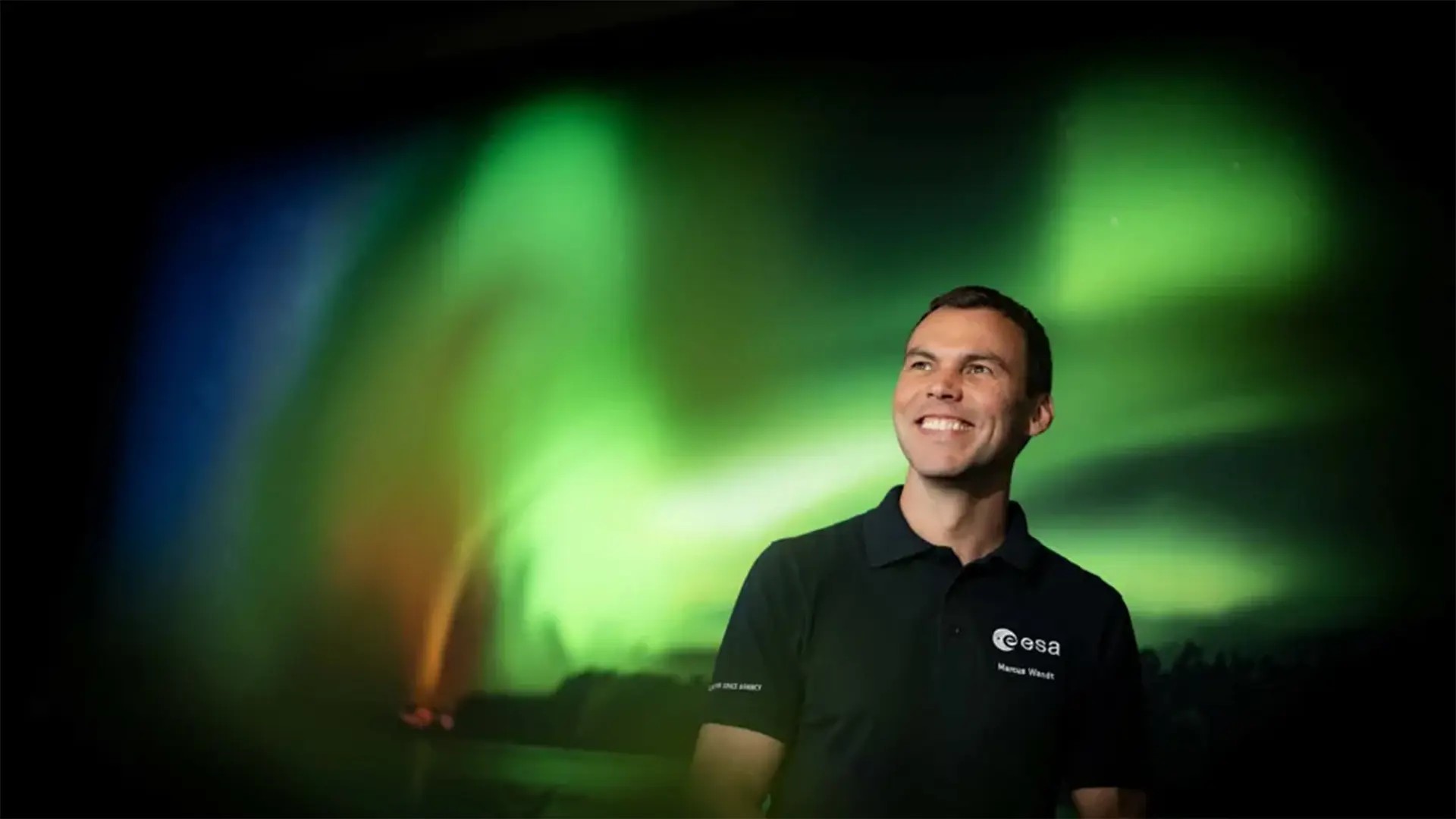
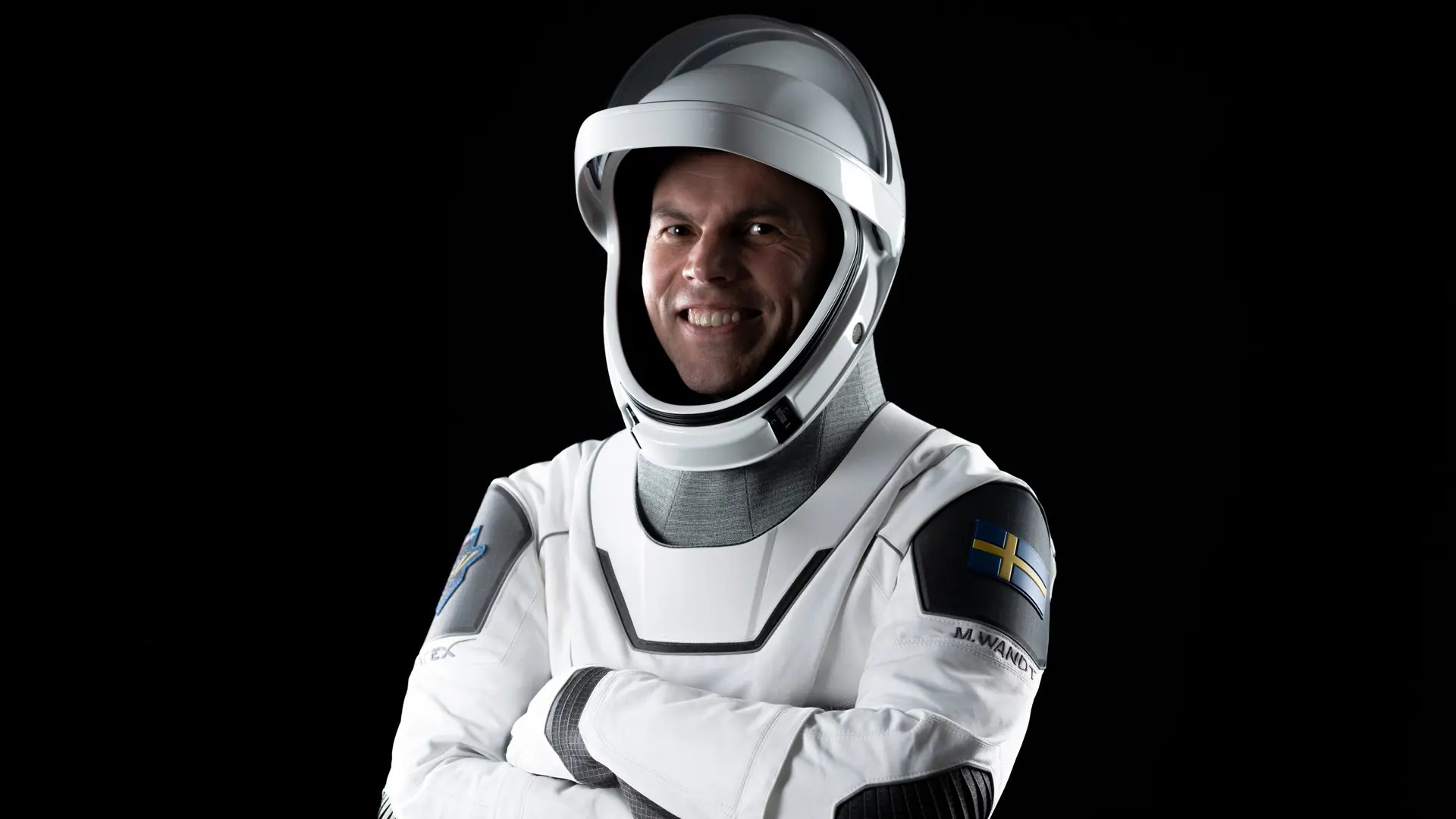
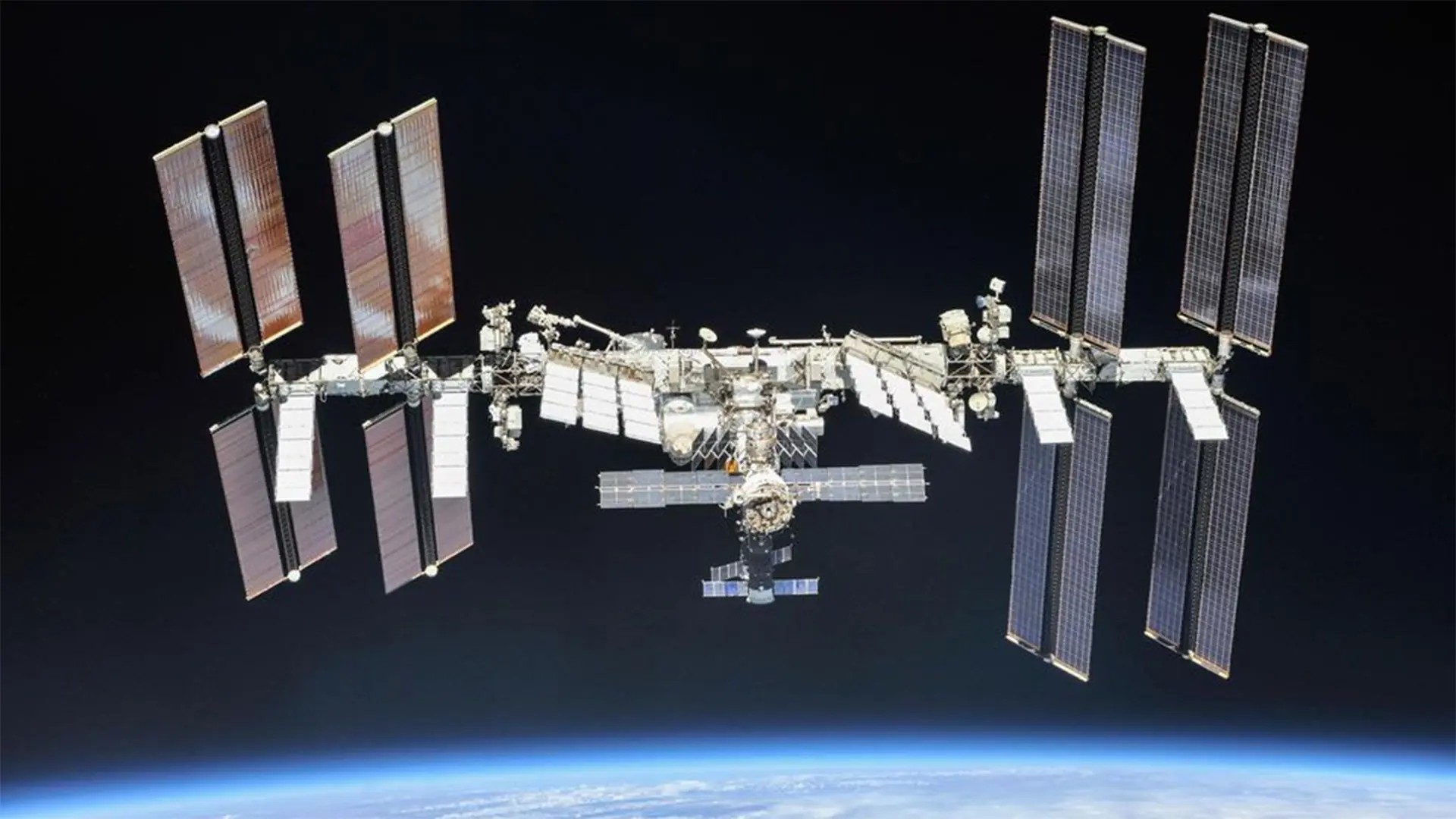
Alumnus Marcus Wandt becomes the third Swede and the first Chalmers graduate in space.
He has been selected among 22,523 applicants as one of the European Space Agency's (ESA) 17 astronauts. Through an accelerated track, he received an early assignment to travel to the International Space Station (ISS).
Marcus Wandt, born in Mora and raised in Hammarö outside Karlstad in Värmland, is an electrical engineering graduate and a former combat pilot in the Swedish Armed Forces. Outside his role as an astronaut at ESA, Marcus works at Saab Aeronautics as the chief test pilot, director of flight operations, and was the first person in the world to fly the new Gripen E. The drive to challenge himself has been a consistent thread throughout Marcus's life.
In 2021, Marcus's wife, Karina Wandt (E05), informed him that it was possible to apply to become an astronaut at the European Space Agency (ESA). Despite feeling that the chances were slim among thousands of applicants, Marcus felt it was natural to apply. With all the pieces in place, the journey to becoming an astronaut happened at record speed. Marcus Wandt was selected as a reserve astronaut by ESA in November 2022 and was assigned to a space mission already in January 2024. With such short notice, he became the fastest-trained astronaut in history.
Electrical Engineering at Chalmers
Creating, building, repairing, and fixing things has always been a major interest for Marcus.
"Since I was little, I've always enjoyed hammering and tinkering. I can also sit in front of the computer and write code for hours on end. I suppose I could have just as easily become a carpenter, mechanic, or programmer," he says.
However, it was the engineering profession that attracted him the most. In 2000, he started studying Electrical Engineering at Chalmers, focusing on electronic engineering and artificial intelligence, communication technology, and basic space technology. He earned his master's degree in electrical engineering in 2007. Alongside his education at Chalmers, Marcus also went through the officer training program at the Swedish Military Academy Karlberg.
The reason Marcus was chosen among many applicants is a combination of his strengths.
"At the core, I'm an engineer, which demonstrates my technical understanding and the ability to learn what is required.
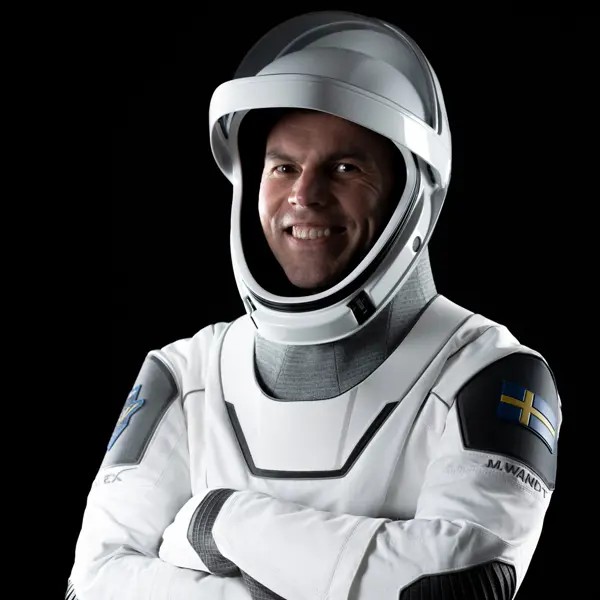
I've also been a paratrooper, facing challenging situations with a small group of people. As a combat pilot, I have to make quick decisions in high-pressure situations, work in teams, and follow procedures. As a test pilot, I've dealt with a lot of risk management and risk assessment, to be able to venture into the unknown in a controlled manner with an acceptable level of risk," Marcus explains.
Marcus's Mission in Space
On January 17, 2024, the Falcon 9 rocket was launched from the Kennedy Space Center in Florida, USA, carrying Marcus and his four colleagues to the International Space Station (ISS). During his two weeks on the ISS, Marcus will conduct an experiment on stem cells for Uppsala University and one on ergonomics for the Royal Institute of Technology (KTH). In addition to these, he will participate in around 20 international experiments in microgravity along with the rest of the crew. In total, ESA has planned 82 hours of research work during their stay aboard the space station.
Personal Items in Space
During astronauts' space journeys, they have the option to bring a number of personal items from home. In addition to all the research equipment going to space, Marcus has selected items that tie back to his upbringing, education, and profession. One of these items is a flag from Chalmers representing his education. Also, there's a flag from the Swedish Air Force, where he worked as a combat pilot. A small model of the Saab 39 Gripen, which he has flown for many hours, a race bib from the Vasaloppet representing his birthplace Mora, and a hockey puck from Linköping HC, his current home address. Something connected to Marcus's upbringing in Värmland is Selma Lagerlöf's Nobel Prize medal from 1909, borrowed from Mårbacka estate. When he returns from his space mission, he plans to tour Sweden, visiting these places and returning the items that have been to space with him.
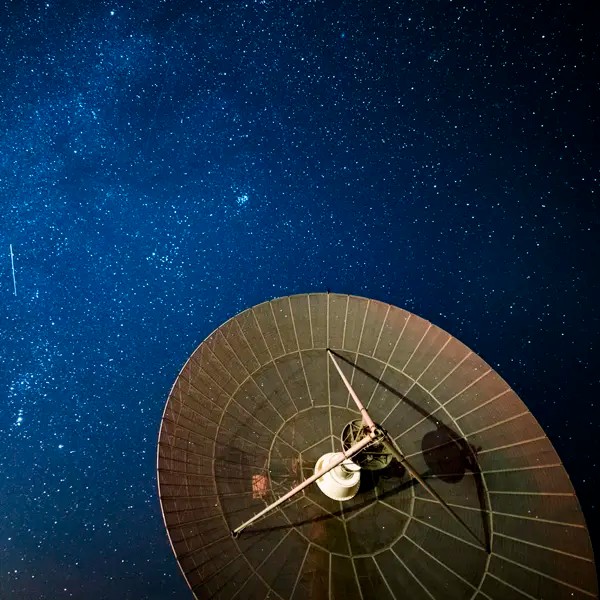
Learn more about Marcus Wandt and his mission in space.
Here you can read about Marcus's journey to space on the ESA website